Mobile Veterinary Service (MVS) units of the Centre for Wildlife Rehabilitation and Conservation (CWRC) – the wildlife rescue, care and rehabilitation facility jointly run by Wildlife Trust of India (WTI), Assam Forest Department (AFD) and International Fund for Animal Welfare (IFAW) – have attended 107 wildlife rescue cases in the ongoing flood crisis in Kaziranga National Park as of August 1.
Kaziranga, one of India’s UNESCO world heritage sites, has faced a major wildlife crisis this year due to what are being described as the worst floods in a decade.
As large areas of the park are inundated in the annual monsoon floods, wild animals seek higher ground across National Highway 37 towards the foothills of Karbi Anglong. The intense flooding this year has caused unprecedented animal movement and a large number of casualties, particularly hog deer, from vehicular traffic. While the Kaziranga Forest Authority had introduced a ‘Time Card’ system to regulate the speed of vehicles on NH37 during the floods, the role of MVS units – three from CWRC and one from WTI and the Japan Tiger and Elephant Fund’s Wildlife Rescue Centre at Diphu – in running round-the-clock rescue and wildlife crisis mitigation operations in the four Forest Ranges adjoining the highway has been crucial.
MVS teams have handled 107 rescue cases in seven days. They have released 62 hog deer out of 92 rescue cases attended to date; they have also attended, with the AFD, three eastern swamp deer rescues (two of the deer survived and were brought to CWRC for treatment). Working with the Kaziranga Forest Authority, MVS teams have also attended ten Asian one-horned rhinoceros rescue cases in a week of floods, of which one rhino died before it could be brought to the rescue centre and another was rescued and released shortly after. Eight rhinos, all calves separated from their mothers, have been kept under observation at the Large Animal Nursery at CWRC. A jungle owlet and a fishing cat were also admitted to the centre for treatment during the floods.
The sudden influx of rescued animals – especially the large number of rhino calves – into CWRC has stretched the centre’s resources to the limit. “The number of animals under our care has risen sharply in the last week”, said Dr Rathin Barman, Deputy Director, WTI and Centre-in-charge. We have had to erect a temporary shelter where two baby elephants are being housed. Two paddocks are also ready to the shift rhino calves into once they become stable. Of course, several of these animals will require long term care once we can look beyond the current situation towards possible rehabilitation into the wild.”
“Our veterinarians and animal keepers have been working round the clock to ensure that rescued animals get the required treatment and care”, said Dr Panjit Basumatary, lead veterinarian at the centre. “A lot of the animals, as you would expect from the trauma they have undergone, are highly stressed. Several of the orphaned rhino calves in particular were injured and emaciated, and were initially not responding to our milk formula. They are now responding well, however – which brings its own set of challenges since they are aggressive, yet have to be hand-raised and rehabilitated before release!”
Although water levels are now receding in Kaziranga the MVS teams remain in constant touch with the Assam Forest Department to ensure that no stray incident goes unattended.
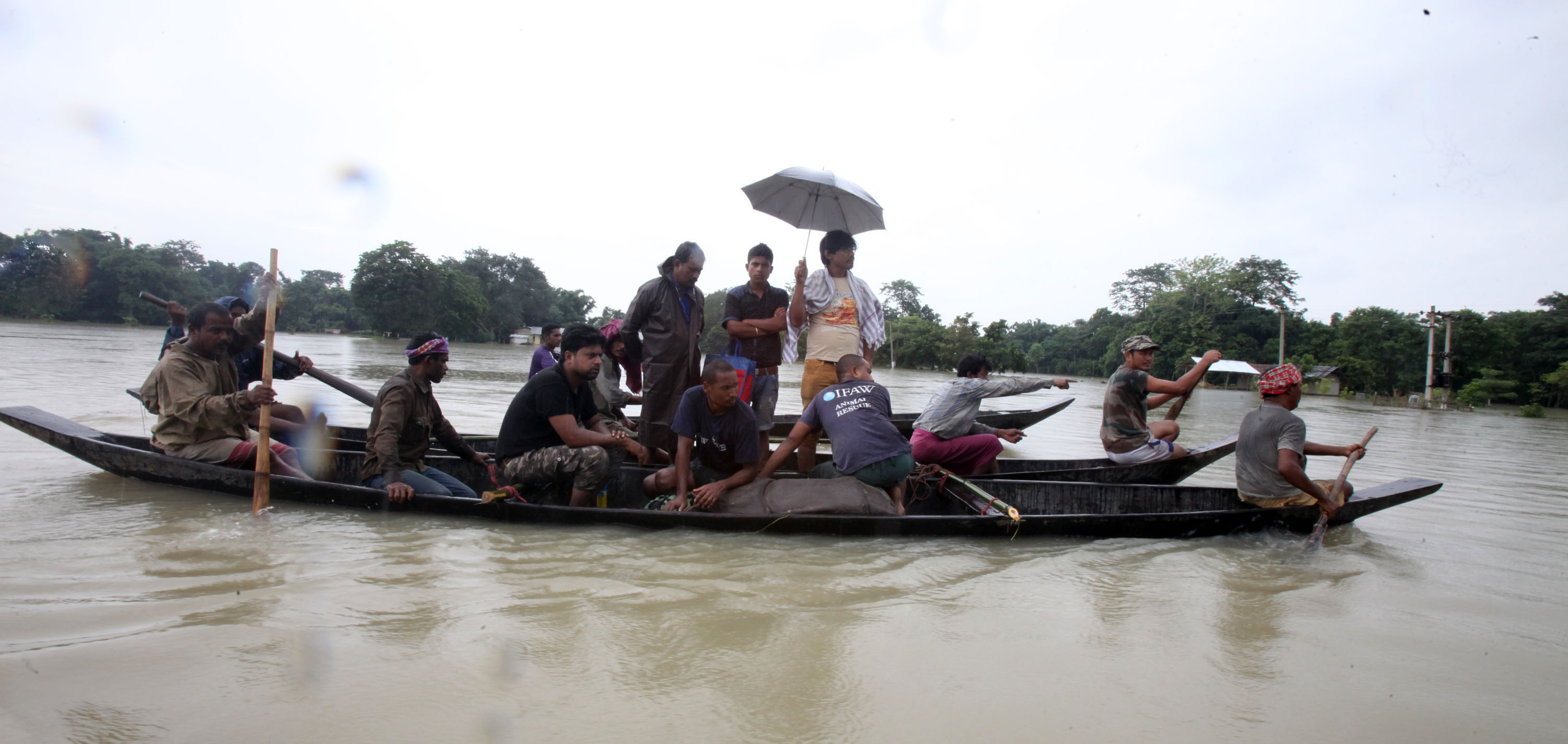

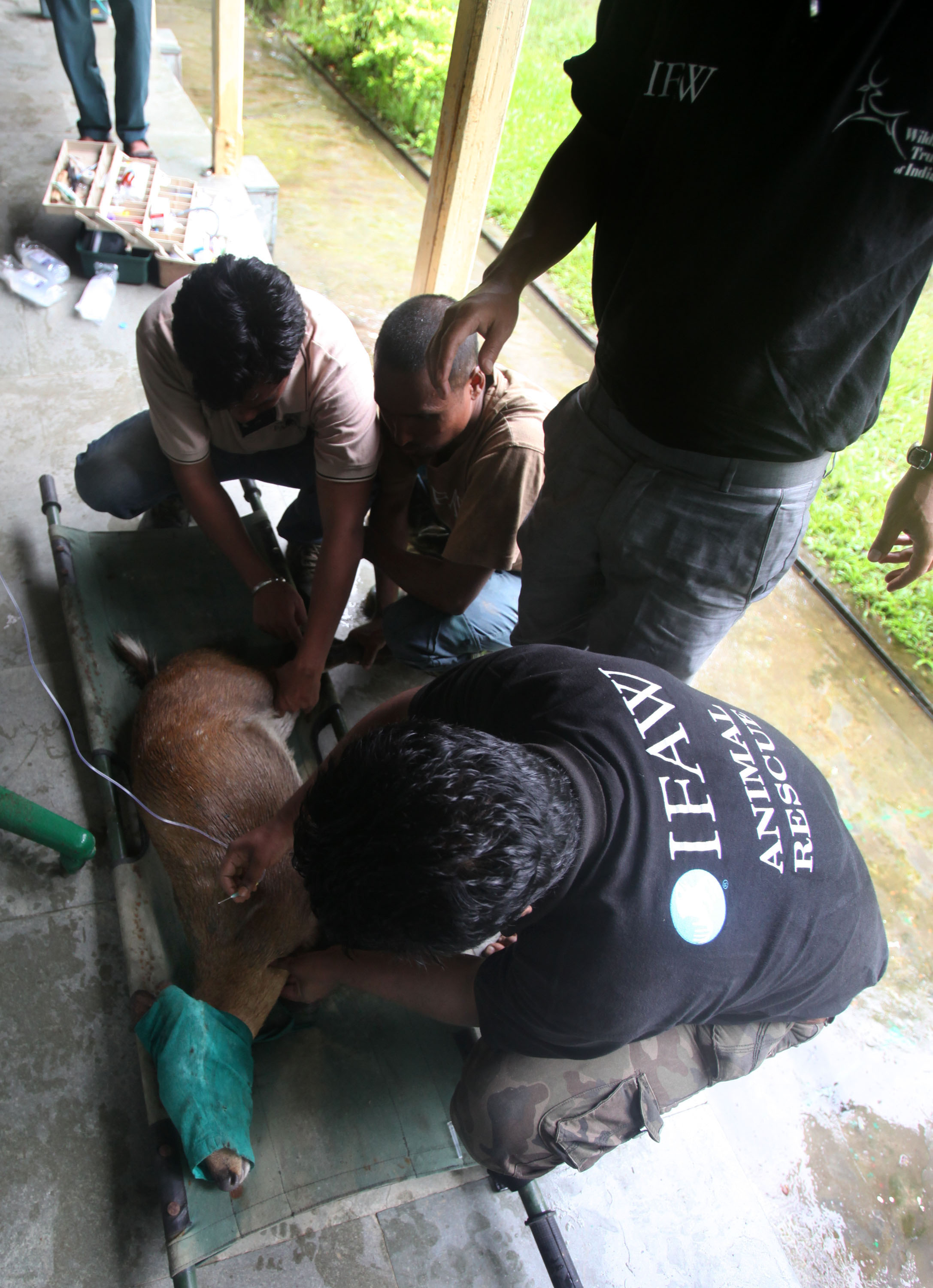
- 194639 reads

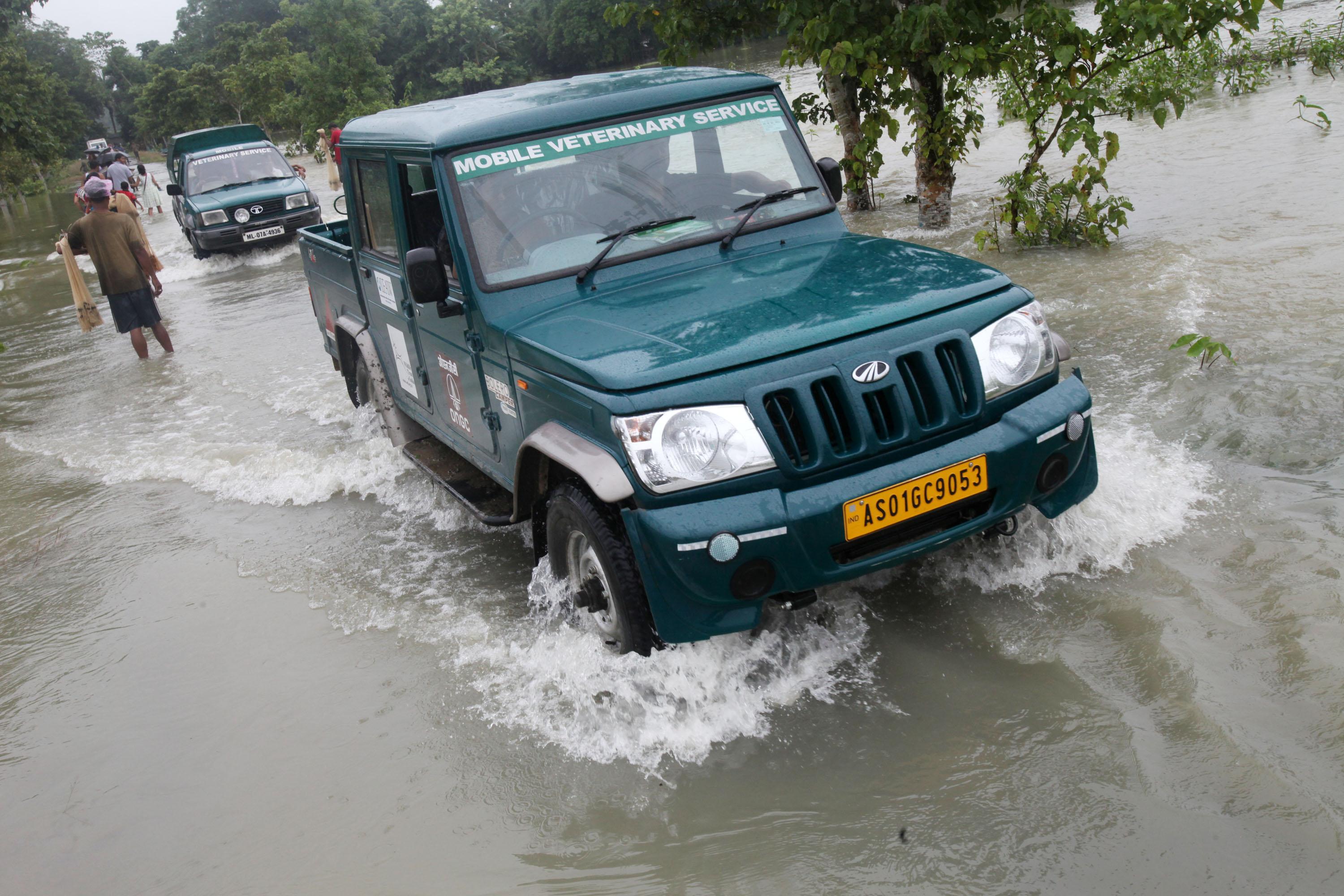

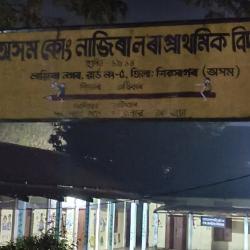




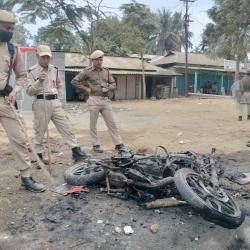

Add new comment